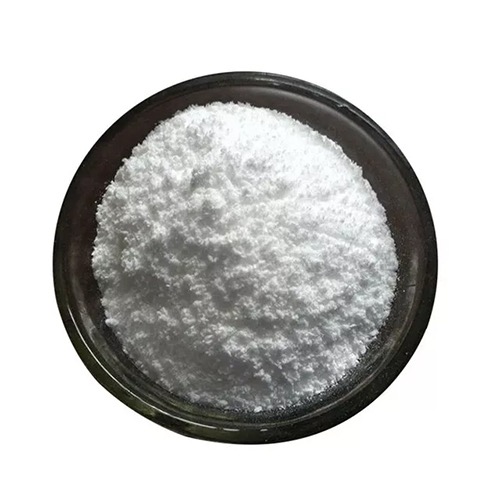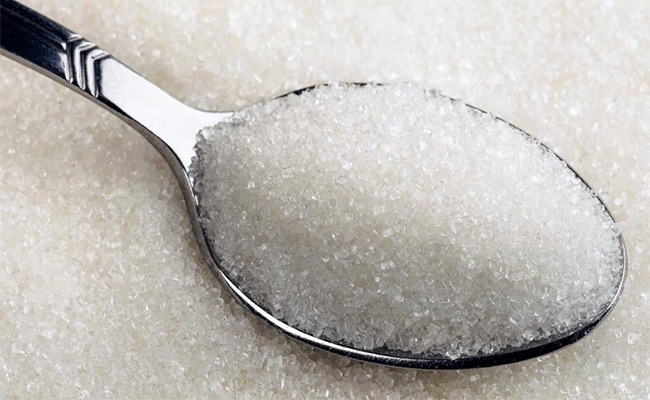







Content Menu
● Key Properties and Applications
● Development and Manufacturing of Neotame
● Neotame's Food Technology Advantages
● Use in Combination with Other Sweeteners
● Future Perspectives and Research
● Frequently Asked Questions (FAQ)
>> 1. What distinguishes neotame from aspartame?
>> 2. Is neotame safe for individuals with phenylketonuria (PKU)?
>> 3. Can neotame be used in baking and cooking?
>> 4. How does neotame interact with other sweeteners?
>> 5. Is neotame suitable for diabetics and weight management?
Neotame is an advanced artificial sweetener extensively used in the food, beverage, and healthcare industries. Derived from aspartame, it is one of the most potent sweeteners available, being approximately 7,000 to 13,000 times sweeter than sucrose (table sugar). Known for delivering intense sweetness without adding calories or sugar content, neotame is gaining popularity globally as a key ingredient in low-calorie and sugar-free products.

Neotame stimulates the sweetness receptors on the tongue similarly to natural sugars, providing a clean, sweet taste that closely mimics sugar. Unlike some artificial sweeteners which have a bitter aftertaste, neotame offers a sugar-like profile with minimal aftertaste. Moreover, it can mask bitter flavors such as those from caffeine and soy, enhancing the overall flavor experience in food and beverage formulations.
- Sweetness potency: 7,000 to 13,000 times sweeter than sugar.
- Caloric value: Zero calories per gram.
- Stability: More heat- and acid-stable than aspartame, suitable for baking, cooking, and acidic beverages.
- Applications: Used in carbonated drinks, dairy products like yogurt, baked goods, confectioneries, chewing gums, tabletop sweeteners, and pharmaceuticals.
- Synergy: Often blended with other sweeteners, such as saccharin or sucralose, to enhance sweetness and reduce any aftertaste.
Because of its extreme sweetness, only small quantities are needed, which makes it economically attractive for food manufacturers and helps reduce overall production costs.
Neotame was developed through extensive research efforts in the 1990s, aimed at finding a "perfect" sweetener with superior qualities to aspartame. Produced chemically through a process called reductive alkylation, neotame is synthesized from aspartame and 3,3-dimethylbutyraldehyde in the presence of metal catalysts like palladium or platinum. This process yields a white crystalline powder with high purity suitable for food applications.
The production involves industrial fermentation to create aspartame, which is then chemically modified to produce neotame. This sweetener boasts improved stability and an enhanced taste profile compared to its precursor, aspartame.
Neotame surpasses aspartame in various technological aspects important for food processing:
- It is more stable under heat, moisture, and acidic conditions, retaining up to 90% potency after eight weeks in acidic beverages.
- It dissolves quickly, enabling better incorporation in liquid products.
- Its potency allows for minimal ingredient amounts, reducing the impact on texture and bulk in food formulations.
These properties make neotame versatile across a range of products, from beverages to baked goods and dairy.

Neotame has been extensively tested and evaluated for safety by global regulatory bodies. It was approved for use by the U.S. Food and Drug Administration (FDA) in 2002 and granted an E number (E961) by the European Food Safety Authority (EFSA) in 2010. Its acceptable daily intake (ADI) is 2 mg per kilogram of body weight.
Scientific studies have confirmed that neotame is safe for human consumption at doses far exceeding typical dietary intake. It has minimal metabolic breakdown into phenylalanine, making it safer for individuals with phenylketonuria (PKU) compared to aspartame. Additionally, neotame does not raise blood sugar levels and is calorie-free, benefits critical for diabetics and those managing calorie intake.
Despite a robust safety record, recent research has begun examining the effects of neotame on the gut microbiome and intestinal epithelium. Some studies suggest potential disruption of gut health with high exposure, highlighting the need for continued research.
- Extraordinary Sweetness: Making it one of the most potent sweeteners available.
- Zero Calories: Ideal for weight management and diabetic-friendly products.
- Sugar-Like Taste: With no undesirable aftertaste or bitterness.
- Heat and pH Stability: Suitable for cooking and acidic foods and beverages.
- Cost-Effective: Because of its high sweetness, the amount needed is very small, reducing overall production costs.
- Flavor Enhancer: Capable of masking bitter tastes and enhancing flavor nuances like mint, vanilla, and cocoa.
- Safe for Special Diets: Suitable for PKU patients due to very low phenylalanine contribution.
Neotame is often used alongside other FDA-approved sweeteners such as saccharin, acesulfame potassium, sucralose, and aspartame. When combined, neotame and saccharin, for example, exhibit a synergistic effect, enhancing the sweetness far beyond the sum of their individual sweetness levels. This synergism allows manufacturers to lower the quantities of each sweetener, improving taste profiles while maintaining potency.
Neotame's approval by regulatory agencies is backed by comprehensive toxicological evaluations. The FDA permits its use in all foods except meat and poultry, while the EFSA sets a conservative ADI to ensure consumer safety. Globally, over 60 countries allow the use of neotame in various food products, reflecting broad international confidence in its safety and efficacy.
While neotame remains a favored ingredient in many sugar-free and reduced-calorie products, ongoing studies aim to better understand its long-term impact on gut health and the microbiome. Promisingly, its benefits in combating obesity and diabetes make it a focus of future functional sweetener development.
Manufacturers are continuously developing new neotame formulations, including agglomerated powders, encapsulated beads, and co-crystallized blends with other sweeteners to enhance functionality and ease of use in diverse applications.
Neotame represents a significant advancement in artificial sweeteners, combining intense sweetness with excellent stability and a favorable safety profile. Its zero-calorie nature and sugar-like taste make it an invaluable ingredient for manufacturers aiming to produce healthier, low-calorie foods and beverages. While its potent sweetness reduces costs and enhances flavor, continued research into its effects on gut health ensures its safe, future-oriented use.

Neotame is significantly sweeter (7,000–13,000 times vs. about 200 times sweeter than sugar), more heat-stable, and produces fewer metabolic byproducts like phenylalanine, making it safer for individuals with PKU.
Yes, neotame releases only minimal phenylalanine, unlike aspartame, thus it is safer for PKU patients under regulated consumption.
Absolutely. Unlike aspartame, neotame maintains stability under heat and acidic conditions, making it suitable for baked goods and heat-processed foods.
Neotame is often blended with sweeteners like saccharin and sucralose to produce a synergistic effect, vastly increasing overall sweetness while reducing aftertaste.
Yes. It contains no calories, does not impact blood glucose levels, and provides an effective sugar substitute for diabetic and calorie-conscious individuals.
[1](https://baynsolutions.com/en/neotam-guide-to-artificial-sweeteners/1118734)
[2](https://www.fda.gov/food/food-additives-petitions/aspartame-and-other-sweeteners-food)
[3](https://www.cspi.org/chemical-cuisine/neotame)
[4](https://www.linkedin.com/pulse/comprehensive-guide-understanding-artificial-mohamad-al-hajj)
[5](https://taylorandfrancis.com/knowledge/Medicine_and_healthcare/Clinical_nutrition/Neotame/)
[6](https://pmc.ncbi.nlm.nih.gov/articles/PMC11078302/)
[7](https://www.efsa.europa.eu/en/efsajournal/pub/581)
[8](https://www.yahoo.com/lifestyle/complete-guide-most-popular-artificial-195343401.html)
[9](https://www.medicalnewstoday.com/articles/artificial-sweetener-neotame-may-have-potential-damage-gut-ibs)
[10](https://efsa.onlinelibrary.wiley.com/doi/full/10.2903/j.efsa.2025.9480)
